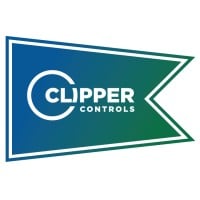
Clipper Controls
Clipper Controls matters! We help companies and agencies solve our most pressing issues: energy, water, food, health, security, and improving our environment. We do this by specializing in instrumentation, controls, analytical solutions. Our territory focus is California, Nevada, and Hawaii, and we are the sales channel of choice for many of the best manufacturers in this field including: Teledyne, Honeywell, Panametrics, Servomex, Moore Industries, Kurz Instruments and others.






